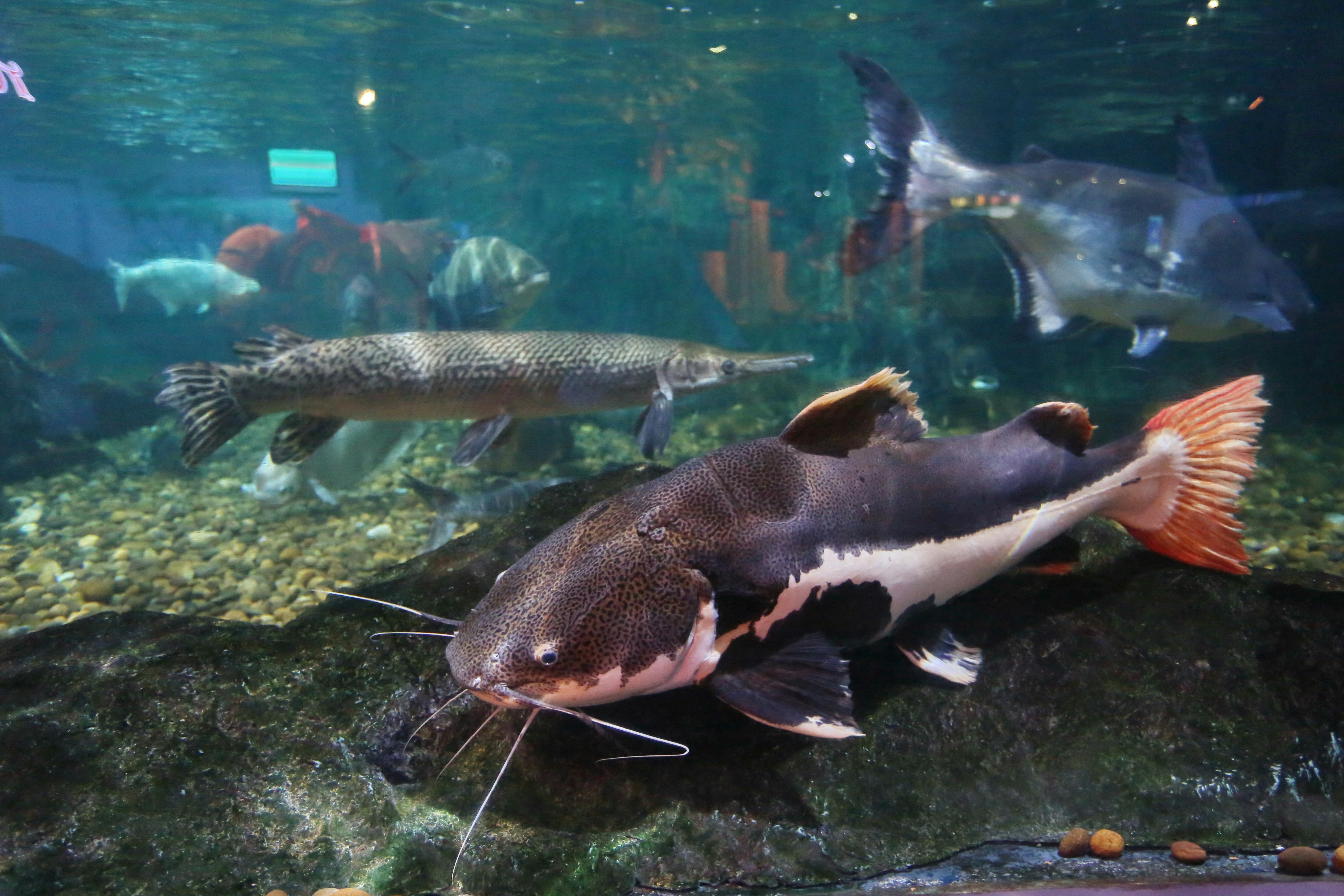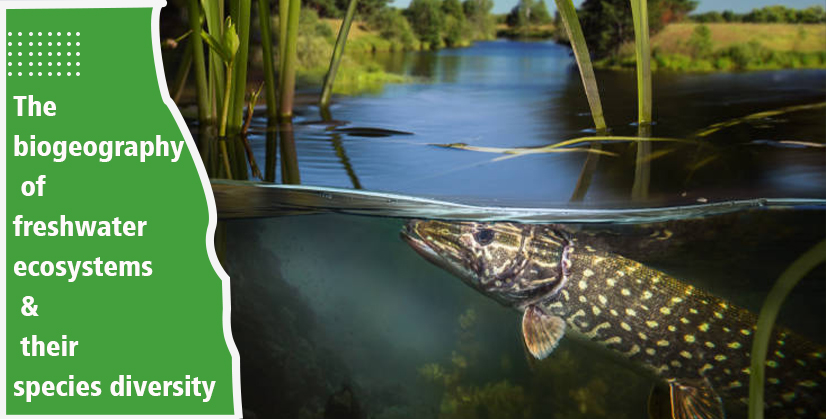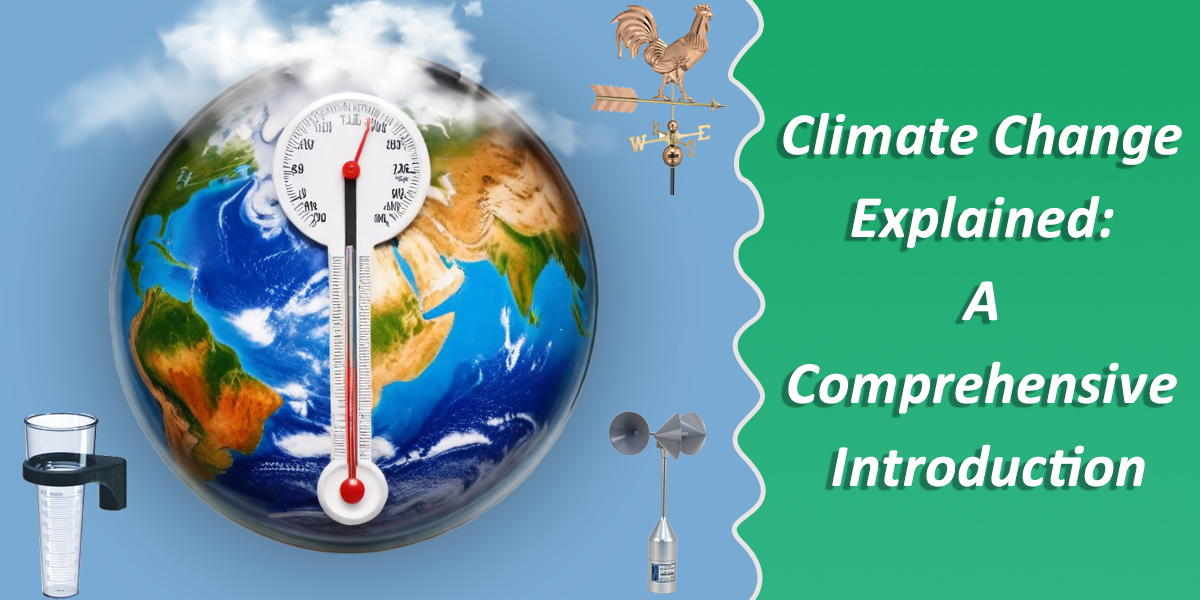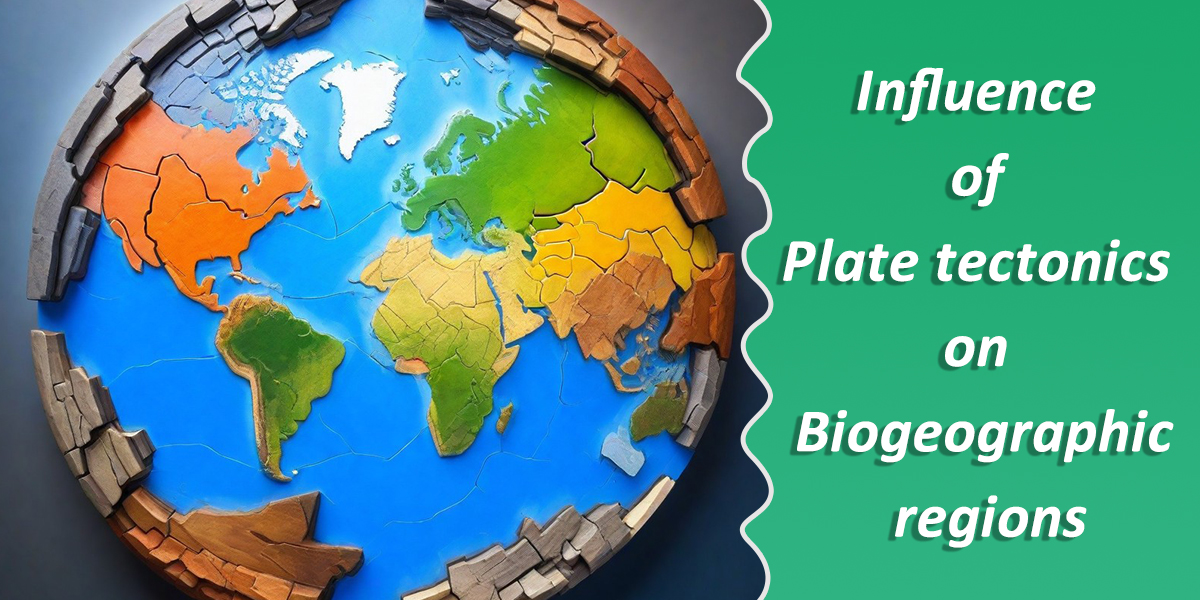In this article, we are going talk about The biogeography of freshwater ecosystems and their species diversity and why they’re important. These places, like rivers and lakes, are home to many different plants and animals. In this post, we’ll see why it’s so crucial to understand the variety of species living in freshwater areas. This knowledge helps us take care of these environments better and protect the species that depend on them.
Table of Contents
ToggleWhat is biogeography?
Biogeography is a multidisciplinary field of study that examines the distribution patterns of living organisms across geographical space and over evolutionary time. It borrows concepts and methods from biology, ecology, geography, geology, and evolutionary biology to understand the factors driving species distributions, species diversity gradients, and biotic interactions.
In simple terms, Biogeography can be defined as the study of where different living things (Plants and animals) are found and why they are found there. It explores the distribution of plants, animals, and other organisms across different geographic regions and examines the factors that influence their patterns of distribution, such as climate, geography, and evolutionary history.
What is freshwater ecosystems?
Freshwater ecosystems are habitats where water with low salt concentration is found. They include places like rivers, lakes, wetlands, and streams. These environments are home to a wide variety of plants and animals, ranging from fish and amphibians to insects and birds. Freshwater ecosystems are essential for many reasons, including providing drinking water, supporting diverse wildlife, and regulating the Earth’s climate. They also play a crucial role in nutrient cycling, sediment transport, and flood regulation. With their unique mix of habitats and biodiversity, freshwater ecosystems are incredibly important for both humans and the environment.
What do we mean by the biogeography of freshwater ecosystems?
This refers to understanding where different plants and animals are found in rivers, lakes, and other freshwater habitats, and why they live there. It’s about studying the patterns of distribution and diversity of life in these environments, and how factors like geography, climate, and human activities influence them.
Factors Influencing Freshwater Biogeography
These factors can be divided into two main categories: abiotic (non-living) and biotic (living) factors.
- Abiotic Factors:
- Temperature: Temperature plays a crucial role in determining the distribution of species within freshwater ecosystems. Different species have specific temperature requirements for survival and reproduction, leading to distinct distributions based on water temperature gradients. For instance, certain species of trout, such as the rainbow trout (Oncorhynchus mykiss), are adapted to cold water temperatures and thrive in streams and rivers with cool, well-oxygenated water. These trout species have evolved to spawn in gravel beds during the spring months when water temperatures are low and suitable for egg development. As a result, they are commonly found in mountainous regions and higher altitudes where water temperatures remain cooler year-round. In contrast, species like the largemouth bass (Micropterus salmoides) prefer warmer water temperatures and are commonly found in lakes, ponds, and slow-moving rivers with temperatures ranging from 75 to 85 degrees Fahrenheit (24 to 29 degrees Celsius). These bass species typically spawn in the late spring or early summer when water temperatures are warmer and more conducive to successful reproduction.
- Precipitation: Precipitation patterns directly influence the availability of water in freshwater ecosystems. Areas with high precipitation levels may support diverse aquatic habitats, while regions experiencing drought conditions may have limited freshwater resources and species diversity.
- Water Flow: The flow of water, including factors such as current velocity and turbulence, affects the physical characteristics of freshwater habitats. Fast-flowing rivers and streams may support different species than slow-moving or stagnant bodies of water, leading to variations in species composition. For instance, in a fast-flowing river, the water current creates dynamic habitats with oxygen-rich water and varied substrate types such as rocks and gravel. These conditions are favorable for species adapted to swift currents, such as trout, salmon, and stoneflies. These species have streamlined bodies and strong swimming abilities, allowing them to navigate against the flow and thrive in fast-moving water. On the other hand, a stagnant pond or lake may lack the strong water movement seen in rivers and streams. Without regular water flow, stagnant bodies of water may have lower oxygen levels and accumulate organic matter, resulting in muddier bottoms and stagnant conditions. These habitats favor species adapted to still waters, such as certain species of frogs, turtles, and aquatic plants. These organisms may have adaptations for living in low-oxygen environments or rely on still water for breeding and foraging.
- Nutrient Availability: Nutrient availability, including nitrogen, phosphorus, and other essential nutrients, influences primary productivity and ecosystem dynamics in freshwater habitats. Nutrient-rich environments may support higher levels of biodiversity compared to nutrient-poor habitats.
- Biotic Factors:
- Geology and Landforms: Geological features, such as topography, substrate composition, and geological formations, shape the physical structure of freshwater habitats. For example, the presence of rocky substrates may create suitable habitats for certain species, while sandy bottoms may support different assemblages of organisms. For instance, sandy bottoms may support different assemblages of organisms. In rivers or lakes with sandy substrates, species like catfish, sunfish, and some species of bottom-dwelling invertebrates may be more prevalent. These organisms are adapted to the soft, sandy substrate, which provides opportunities for burrowing, feeding, and spawning. while rocky habitats often support a diverse community of algae and invertebrates, which serve as important food sources for fish and other aquatic organisms.
- Human Activities: Human activities, such as urbanization, agriculture, deforestation, and pollution, have significant impacts on freshwater ecosystems and their biogeography. Habitat destruction, water pollution, and the introduction of invasive species can disrupt freshwater habitats and alter species distributions. A typical example of this is the case of the invasive zebra mussel (Dreissena polymorpha) in North America. Zebra mussels are native to freshwater lakes and rivers in Eastern Europe and Western Russia. However, they were inadvertently introduced to North America in the late 1980s, likely through ballast water discharge from transoceanic ships. Since their arrival, zebra mussels have spread rapidly throughout the continent, colonizing freshwater ecosystems in the Great Lakes, Mississippi River basin, and beyond.

Species Diversity in Freshwater Ecosystems
Species diversity in freshwater ecosystems refers to the variety of different species present in these environments, ranging from fish and amphibians to invertebrates and plants. Freshwater habitats encompass a wide range of ecosystems, including rivers, lakes, wetlands, and streams, each supporting a diverse array of life forms.
One of the reasons for the high species diversity in freshwater habitats is the presence of habitat heterogeneity. Freshwater environments vary greatly in terms of physical characteristics such as water flow, temperature, depth, and substrate composition. These diverse habitats provide niches for a wide range of species with varying ecological requirements, allowing for the coexistence of numerous species within the same ecosystem.
Niche specialization also contributes to species diversity in freshwater ecosystems. Different species have evolved to occupy specific ecological niches within their habitats, utilizing different resources and adapting to specific environmental conditions. For example, certain fish species may be specialized to feed on specific types of prey or to inhabit particular microhabitats within a stream or lake.
Furthermore, evolutionary processes such as speciation and adaptation play a significant role in generating and maintaining species diversity in freshwater ecosystems. Over time, populations of organisms may diverge and evolve into distinct species, particularly in isolated or geographically heterogeneous environments. Additionally, adaptation to local environmental conditions allows species to exploit different ecological niches and coexist within the same habitat.
The rich biodiversity found within freshwater ecosystems is the result of a complex interplay of factors, like habitat heterogeneity, niche specialization, and evolutionary processes. Understanding these factors is crucial for conserving and managing freshwater biodiversity effectively, ensuring the continued health and resilience of these vital ecosystems.
Patterns of Distribution and Endemism
Patterns of Distribution and Endemism refer to the spatial distribution of species within freshwater ecosystems, particularly focusing on the presence of endemic species, biodiversity hotspots, and latitudinal gradients.
- Spatial Patterns of Species Distribution: This aspect examines how different species are distributed across freshwater habitats, taking into account factors such as geographical location, habitat type, and environmental conditions. For example, certain species may be found only in specific regions or habitats within a freshwater ecosystem, while others may have a more widespread distribution.
- Endemic Species: Endemic species are those that are native to and found only in a particular geographic area or habitat. In the context of freshwater ecosystems, endemic species play a crucial role in shaping the biodiversity of these habitats. They often have specialized adaptations to their local environment and may represent unique evolutionary lineages. Understanding the distribution and abundance of endemic species is important for conservation efforts, as they are often more vulnerable to habitat degradation and climate change due to their restricted range.
- Biodiversity Hotspots: Biodiversity hotspots are regions with exceptionally high levels of species richness and endemism. In freshwater ecosystems, these hotspots may coincide with areas of high habitat diversity, such as river deltas, wetlands, and areas of geological significance. Identifying and conserving biodiversity hotspots is essential for protecting the unique species and ecosystems found within these regions.
- Latitudinal Gradients: Latitudinal gradients refer to the changes in species diversity and composition observed along latitudinal lines from the equator to the poles. In freshwater ecosystems, latitudinal gradients may influence factors such as temperature, precipitation, and habitat availability, which in turn affect the distribution of species. Understanding these gradients can provide insights into the mechanisms driving species diversity and help predict how freshwater ecosystems may respond to climate change.
Human Impacts on Freshwater Biodiversity
Human impacts on freshwater biodiversity refer to the detrimental effects of human activities on the species richness and ecological integrity of freshwater ecosystems. These impacts can have far-reaching consequences for both the environment and human societies. Here’s an explanation of the key points:
- Anthropogenic Threats to Freshwater Ecosystems:
- Habitat Destruction: Human activities such as urbanization, agriculture, dam construction, and deforestation can lead to the destruction and fragmentation of freshwater habitats, disrupting natural ecosystems and reducing available habitat for aquatic species.
- Pollution: Pollution from agricultural runoff, industrial discharge, sewage, and littering can degrade water quality in freshwater ecosystems, leading to eutrophication, oxygen depletion, and contamination with toxic substances, which can harm aquatic organisms and disrupt ecological processes.
- Overexploitation: Unsustainable fishing practices, overharvesting of aquatic resources, and water extraction for agriculture, industry, and domestic use can lead to the depletion of fish stocks, loss of biodiversity, and alteration of freshwater habitats.
- Invasive Species: Introduction of non-native species through activities such as aquaculture, trade, and recreational activities can disrupt native ecosystems, outcompete native species for resources, and alter ecosystem dynamics, leading to declines in native biodiversity.
2. Implications of Human Impacts on Freshwater Biodiversity:
- Ecosystem Function: Human impacts on freshwater biodiversity can disrupt the ecological balance of ecosystems, leading to declines in water quality, loss of habitat complexity, and reduced resilience to environmental stressors. This can impair ecosystem functions such as nutrient cycling, water purification, and flood regulation, with cascading effects on biodiversity and ecosystem services.
- Food Security: Freshwater biodiversity plays a crucial role in supporting food webs and providing essential ecosystem services such as fisheries, water purification, and nutrient cycling. Declines in freshwater biodiversity can undermine the productivity and resilience of aquatic ecosystems, threatening food security for millions of people who depend on freshwater resources for food and livelihoods.
- Human Well-being: Freshwater ecosystems provide a wide range of benefits to human societies, including recreational opportunities, cultural values, and spiritual significance. Human impacts on freshwater biodiversity can diminish these benefits, leading to loss of cultural heritage, reduced access to clean water, and diminished quality of life for communities dependent on freshwater resources.
Conservation and Management Strategies
Conservation and management strategies are essential for safeguarding the health and integrity of freshwater ecosystems and preserving their rich biodiversity. These strategies encompass a range of approaches aimed at protecting and restoring freshwater habitats, as well as managing human activities to minimize their impact on aquatic ecosystems. Here’s a breakdown of some key components:
- Protected Areas: Establishing protected areas, such as national parks, wildlife reserves, and marine protected areas, plays a crucial role in conserving freshwater ecosystems. These designated areas provide legal safeguards for habitats and species, restrict harmful human activities, and promote sustainable use of natural resources.
- Habitat Restoration: Habitat restoration efforts focus on rehabilitating degraded or damaged freshwater habitats to improve their ecological function and biodiversity. This may involve activities such as reforestation along riverbanks, wetland restoration, removal of invasive species, and creation of fish passages to restore connectivity in river systems.
- Sustainable Fisheries Management: Sustainable fisheries management practices aim to balance the needs of fish populations with the long-term health of aquatic ecosystems. This includes implementing regulations on fishing practices, setting catch limits, protecting spawning grounds, and promoting responsible aquaculture practices to minimize the impacts of overfishing and habitat degradation.
- Community Engagement: Engaging local communities and stakeholders is vital for the success of freshwater conservation efforts. Community-based approaches involve collaborating with indigenous communities, fisherfolk, NGOs, government agencies, and other stakeholders to develop and implement conservation initiatives that align with local needs, values, and livelihoods. This may include education and outreach programs, capacity building, and participatory decision-making processes to empower communities to take ownership of conservation efforts and promote stewardship of freshwater resources.
Case Studies and Examples
- The Restoring Urban Rivers Project (RURP), United States: The Restoring Urban Rivers Project (RURP) in the United States is dedicated to revitalizing urban rivers and streams, with a primary goal of enhancing water quality and freshwater species habitat. Innovative strategies employed by the project include retrofitting stormwater infrastructure to mitigate pollution, establishing green spaces along riverbanks to promote biodiversity, and actively involving local communities in monitoring and restoration efforts. Moreover, the project’s success is attributed to strong partnerships forged with government agencies, non-profit organizations, and community groups, underscoring the importance of collaborative efforts in achieving meaningful conservation outcomes for urban freshwater ecosystems.
- The Mekong River Commission (MRC) in Southeast Asia: This project is dedicated to advancing sustainable development and conservation within the Mekong River basin, renowned as one of the planet’s most biodiverse freshwater ecosystems. Collaborative endeavors involving Cambodia, Laos, Thailand, and Vietnam characterize the MRC’s approach, with a focus on addressing transboundary challenges like hydropower development, sedimentation, and fisheries management. Crucially, the MRC prioritizes community-based strategies, including participatory decision-making and stakeholder engagement, to harmonize developmental aspirations with conservation objectives, ensuring the long-term health and resilience of the Mekong River basin.
- The Loango National Park, Gabon: Loango National Park in Gabon boasts a wealth of freshwater ecosystems, encompassing rivers, lagoons, and mangrove swamps that nurture a vibrant diversity of aquatic life. Conservation efforts within the park are concentrated on safeguarding these crucial habitats, managing human-wildlife interactions, and fostering sustainable tourism practices. Through collaborative partnerships among government entities, conservation groups, and indigenous communities, significant strides have been made in implementing robust conservation measures and ensuring the long-term preservation of freshwater biodiversity within the park’s boundaries.
- The Lake Victoria Basin Commission (LVBC), East Africa: The Lake Victoria Basin Commission (LVBC) in East Africa is committed to advancing sustainable development and conservation efforts within the Lake Victoria basin, a critical ecosystem supporting millions of people and a wide array of freshwater species. By implementing targeted projects centered on water resource management, pollution mitigation, and biodiversity preservation, the LVBC seeks to tackle the significant environmental challenges confronting the region. Furthermore, community-based initiatives, including collaborative fisheries management agreements and locally-driven ecotourism ventures, are instrumental in realizing the LVBC’s conservation objectives, fostering active engagement and stewardship among local communities towards safeguarding the invaluable natural resources of the Lake Victoria basin.
Future Directions and Challenges of freshwater ecosystems
Introduction: As we look towards the future of freshwater biodiversity conservation, it becomes increasingly clear that new challenges and opportunities lie ahead. The following are the challenges in Freshwater Biodiversity Conservation;
i. Climate change: This poses a significant threat to freshwater ecosystems and their biodiversity. Rising temperatures lead to changes in hydrological patterns, altering the flow of rivers and streams and affecting water temperature and quality. These changes disrupt the delicate balance of freshwater ecosystems, impacting the distribution and abundance of aquatic species. Furthermore, extreme weather events such as floods and droughts can cause habitat destruction, loss of biodiversity, and disruptions to ecosystem functioning.
ii. Water scarcity: Water scarcity exacerbates the pressures on freshwater biodiversity, as increasing demand for water resources for agriculture, industry, and urbanization reduces the availability of water for aquatic ecosystems. Over-extraction of water from rivers and groundwater sources, combined with pollution and habitat degradation, further threaten the health and resilience of freshwater ecosystems. In regions experiencing water scarcity, competition for water resources intensifies, leading to conflicts over allocation and management.
iii. Competing land uses: This presents another challenge to freshwater biodiversity conservation. Agricultural expansion, urban development, and infrastructure projects often encroach upon freshwater habitats, leading to habitat loss, fragmentation, and degradation. Wetlands are drained for agricultural purposes, rivers are dammed for hydroelectric power generation, and urban areas encroach upon riparian zones, altering the natural hydrology and ecology of freshwater ecosystems. Balancing conservation priorities with economic development and land use planning is crucial to safeguarding freshwater habitats and the species that rely on them.
Amidst these challenges, there is also opportunities for Future Directions and Collaboration, which are;
Research: Future research endeavors offer the prospect of advancing our understanding of freshwater ecosystems and enhancing conservation efforts. By delving into innovative approaches and technologies, researchers can develop more effective methods for monitoring freshwater biodiversity, unraveling complex ecosystem dynamics, and forecasting the impacts of climate change and human activities. Through interdisciplinary studies and cutting-edge techniques, scientists can uncover new insights that inform evidence-based conservation strategies and foster sustainable management practices for freshwater habitats.
Policy development: The development and implementation of robust policies are essential for safeguarding freshwater ecosystems and promoting their long-term health and resilience. Advocating for science-based policies and regulations is crucial to ensure the protection of these vital resources. By advocating for policies that prioritize conservation goals, promote sustainable water management practices, and mitigate the adverse effects of land use change on aquatic biodiversity, policymakers can help create a regulatory framework that supports the preservation and restoration of freshwater ecosystems for future generations.
Interdisciplinary collaboration: Interdisciplinary collaboration holds immense potential for driving transformative change in freshwater conservation. By fostering partnerships between scientists, policymakers, conservation organizations, and local communities, stakeholders can work together to develop integrated solutions to the complex challenges facing freshwater ecosystems. By incorporating diverse perspectives, expertise, and knowledge systems, interdisciplinary collaboration can lead to more holistic and effective approaches to freshwater conservation. Through collective action and shared goals, these collaborative efforts can pave the way for a more sustainable and resilient future for freshwater ecosystems and the communities that depend on them.
In conclusion, our study of freshwater ecosystems and their diverse species has shown how crucial these habitats are for our planet’s health. We’ve seen the many different plants and animals that live in freshwater, and the problems they face, like climate change and not having enough water. But despite these challenges, it’s clear that we need to protect freshwater habitats. They’re important for nature, people, and the future of our world. If we understand this and take action to protect them, we can make sure that freshwater ecosystems continue to flourish, helping both the environment and people for years to come.










